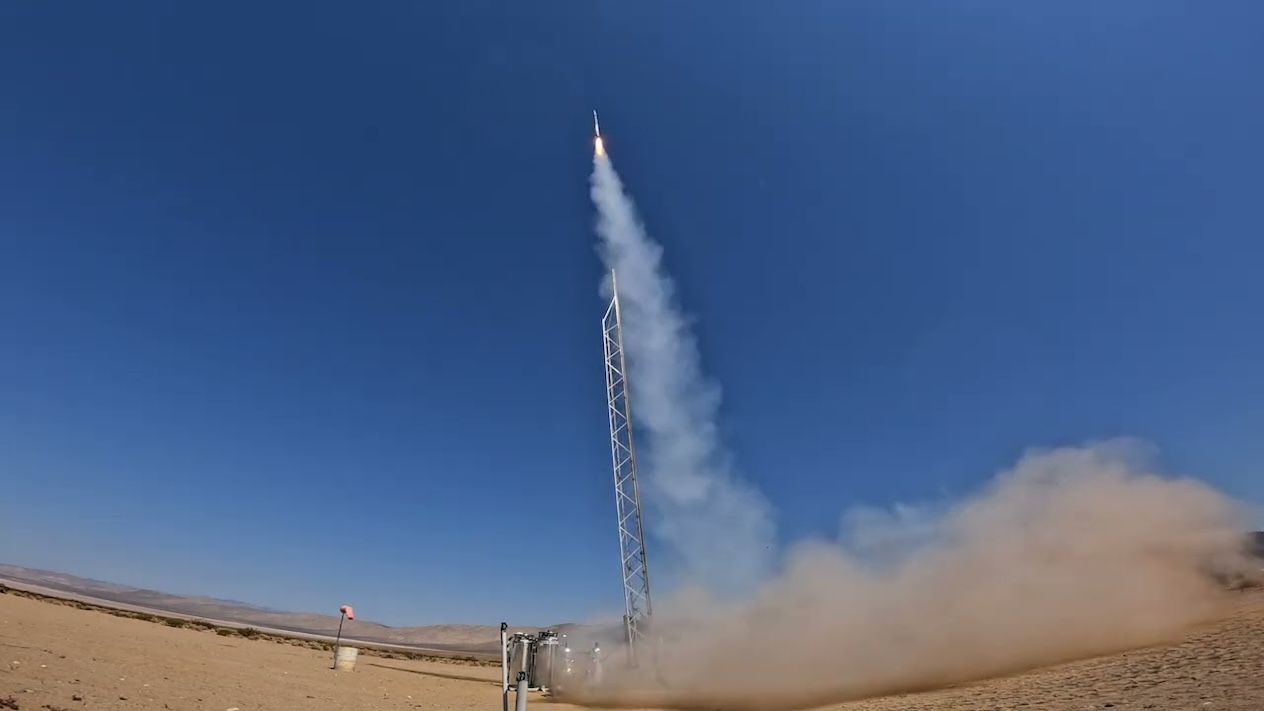2025-06-16 パシフィック・ノースウェスト国立研究所 (PNNL)
米PNNLは、ARMレーダーデータを用い、海上雲パターン「メソスケールセル対流(MCC)」をAIで分類する技術を開発。CNNモデルにより、従来困難だった“開放セル”と“閉鎖セル”の雲構造を高精度かつ連続的に識別可能にした。これにより、雲–大気相互作用の理解が進み、気候モデル評価にも貢献。データは公開されており、他観測拠点への応用も期待される。AIによる気象観測の高度化を示す成果。
<関連情報>
- https://www.pnnl.gov/publications/ai-based-classification-marine-cloud-cell-patterns-arm-radar
- https://agupubs.onlinelibrary.wiley.com/doi/10.1029/2024JH000486
畳み込みニューラルネットワークによるメソスケール細胞性対流の検出と分類: ARM東部北大西洋サイトにおける長期観測からの洞察 Mesoscale Cellular Convection Detection and Classification Using Convolutional Neural Networks: Insights From Long-Term Observations at ARM Eastern North Atlantic Site
Jingjing Tian, Jennifer Comstock, Andrew Geiss, Peng Wu, Israel Silber, Damao Zhang, Parvathi Kooloth, Ya- Chien Feng
Journal of Geophysical Research: Machine Learning and Computation Published: 12 March 2025
DOI:https://doi.org/10.1029/2024JH000486

Abstract
Marine boundary layer clouds are crucial in Earth’s climate system. They frequently manifest as closed or open cell mesoscale cellular convection (MCC). MCC clouds are challenging to represent accurately in current climate models, highlighting the need for detailed observational data sets and in-depth analyses. This study utilizes over 8 years of observations from the U.S. Department of Energy (DOE) Atmospheric Radiation Measurement (ARM) User Facility Eastern North Atlantic (ENA) site at Graciosa Island, Azores, to investigate these clouds. We first apply a convolutional neural network with a U-Net architecture to classify open and closed cells, marking the first application of such an approach for automatically detecting MCC patterns from ground-based radar measurements. This method addresses some observational gaps in satellite data related to low temporal resolution, nighttime challenges, and limited vertical structure capture. The analysis of the MCC cases shows clear differences between closed and open MCCs: Closed MCC clouds are characterized by lower cloud tops and bases, shallower cloud geometrical depth, weaker horizontal wind speeds, stronger atmospheric stability, and a more homogeneous liquid water path than open MCCs. Finally, we demonstrate two potential applications of our radar-based MCC classifications: (a) facilitating the investigation of aerosol-cloud interactions and (b) exploring meteorological factors along with MCC’s evolution by integrating satellite imagery and back-trajectory analysis. The identified MCC cases offer a valuable resource for the scientific community to study MCC processes further and improve climate model accuracy.
Key Points
- First application of a deep learning algorithm to detect and classify mesoscale cellular convection (MCC) using ground-based radar data
- Large differences between closed and open MCCs classified from 8 years of ARM Eastern North Atlantic site ground-based observations
- We present example applications of the selected MCC cases supporting climate research
Plain Language Summary
Marine boundary layer clouds play a crucial role in Earth’s climate. These clouds often form distinct patterns known as mesoscale cellular convection (MCC), which can be categorized as open or closed cells. Capturing these patterns accurately in climate models is challenging, so detailed observations and analyses are essential. This study used over 8 years of radar data from the ARM User Facility at Graciosa Island, Azores. We employed a U-Net convolutional neural network to detect and classify MCC cloud patterns automatically. This approach helps address limitations in satellite data, which can miss important details over time due to low temporal resolution, encounter difficulties capturing nighttime data, and lack detailed information on cloud vertical structures. Our findings indicate that closed-cell MCCs generally exhibit lower cloud tops, weaker winds, a more stable atmosphere, and smaller variations of the liquid water path when compared to open-cell MCCs. Finally, we demonstrate that our classified MCC cases have great potential to aid in investigating aerosol-cloud interactions and understanding the meteorological conditions that influence MCC formation. The identified MCC cases provide a valuable resource for the scientific community to study MCC processes further.



